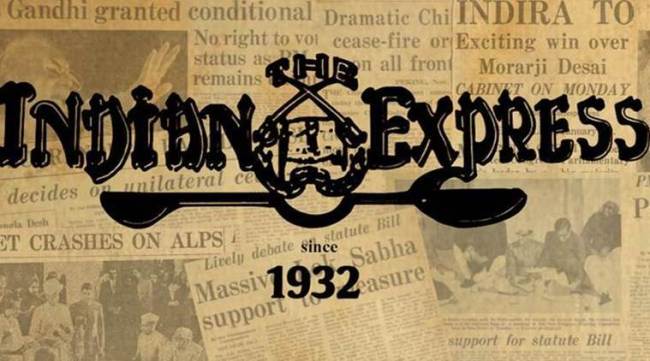Opinion Path to polarisation
Ram Navami rallies in West Bengal point to the misplaced priorities of the Trinamool Congress and the BJP.

 Both political parties must explore other methods to keep their respective cadres active and reach out to ordinary citizens.
Both political parties must explore other methods to keep their respective cadres active and reach out to ordinary citizens.
Ram Navami is meant to be a celebration of good over evil. But the celebrations to mark Lord Ram’s birthday in West Bengal are increasingly becoming a tense occasion for ordinary people with the BJP and the Trinamool Congress turning it into an exercise for mobilising cadres. The competing displays of religiosity have more to do with politics and little with religion and spirituality. As the rallies over the weekend show, these are now posing a threat to normal civic life with the overt display of militancy. Both political parties must explore other methods to keep their respective cadres active and reach out to ordinary citizens.
This newspaper has reported that at least one person was killed and few policemen injured in clashes that erupted over Ram Navami rallies on Sunday. The buildup to the festivities indicated that the rallies could lead to violence. The state government too seemed to anticipate violence and had imposed a ban on public display of weapons at the rallies. However, the state BJP chose to defy the ban and take out processions with swords, tridents and maces. State BJP chief Dilip Ghosh’s statement that cadres will not respect the ban and there will be trouble if the processions were stopped indicated that the party preferred a confrontation with the administration over peaceful conduct of the festival. Children marching with knives, swords, tridents etc in open defiance of the police order not only posed an unedifying sight but framed the party in poor light. No mature leadership would have risked the safety of children and lined them up on the street to confront the police and rival party cadres. Better political sense and judgement is expected of a party that is running the government at the Centre and wants to claim office at the state. This utterly callous and insensitive mobilisation with a clear intent to polarise the society on communal lines is surely not the best way to further the party’s prospects in the state.
That the Trinamool Congress, which won assembly elections in 2016 with a two-thirds majority, has chosen to mirror the BJP’s tactics speaks poorly of the party’s vision. If a political rival hits the street in defiance of the administration, the ruling party’s response surely can’t be a counter-mobilisation with equally religious hues. Like its predecessor in government, the CPM, the Trinamool seems unable to distinguish between cadre might and governance. People voted for Trinamool because it promised change — change in terms of a better delivery of public goods, more jobs, improved infrastructure and so on. With the general election a year away, Trinamool chief and West Bengal Chief Minister Mamata Banerjee appears keen to explore the chances of a regional front. The Ram Navami confrontation is unlikely to help her pitch.





